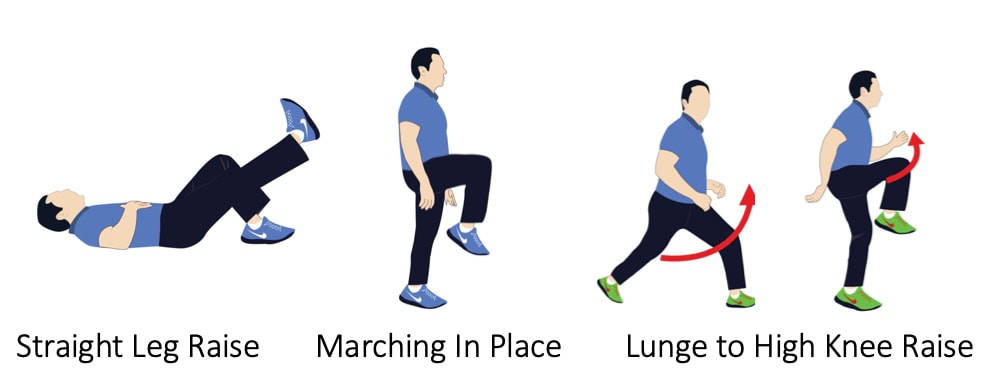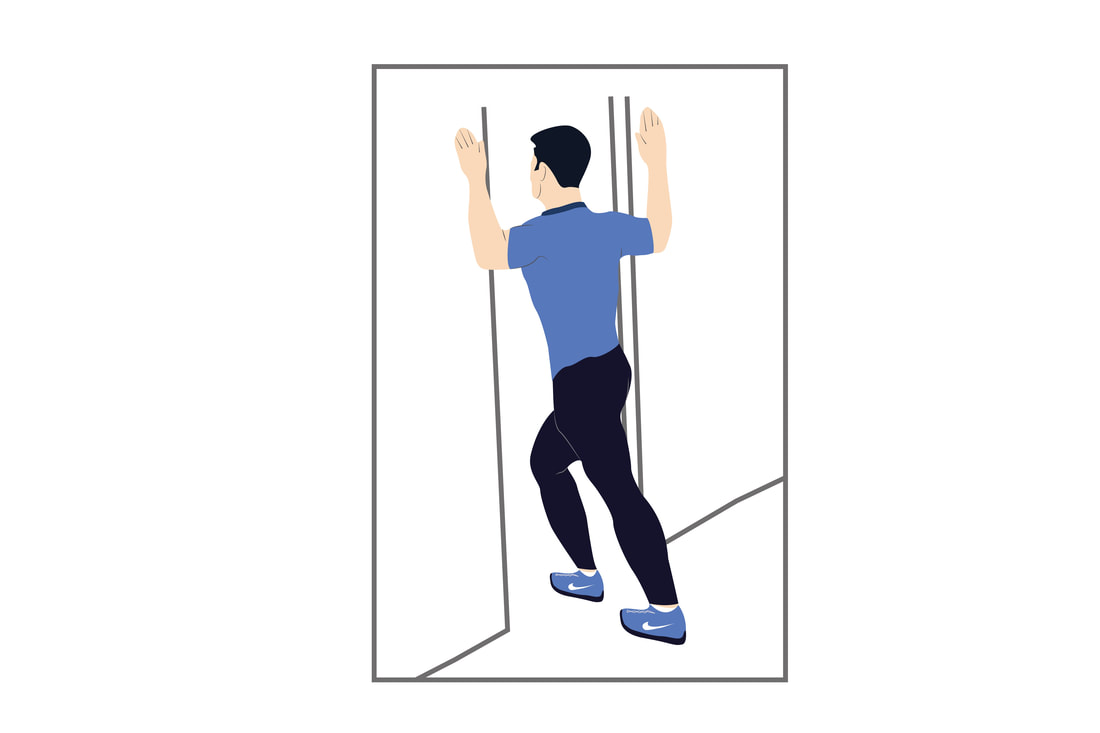|
SEARCH My Blog (Opens in new tab)
The Surprising Way Hip Flexors Pull You Down Into An Elderly Stoop And Shuffle, And How To Avoid It13/1/2020 A good posture can make you feel more powerful and more confident
We all get old, but we can make choices about how we age.
Our muscles and tendons stiffen and shorten as we get older. This tightening of our musculoskeletal system causes pain and also tautens us into an older-looking posture -- before our time. You might be as surprised as I was to learn that our hip flexor muscles play a significant role in making us appear older and more fragile. You can postpone the onset of an aged posture, and its associated pain, with just a few simple exercises each day.
A good posture helps us age better and gives us a more active physical appearance for longer. This posture maintains our belief in our ability to live longer better, and belief is as important as physical activity.
In other words, a good posture can make you feel more powerful and more confident. Good posture can also boost hormone circulation - including to the brain - improve lymphatic flow and increase pain tolerance. The nemesis of good posture is our modern lifestyle where we sit for long periods - too much sitting. We have not yet evolved to accommodate our habit of sitting for long periods. Extended sitting not only leads to strains and misalignment of our upper body but also stiffening of crucial muscles and tendons. Our hip flexors are one of the essential muscle groups adversely affected by extended sitting. The hip flexors are the muscle group that is activated when you stand on one leg and raise the other knee. They stabilise your legs, hips and upper body so that you do not fall over. Feet turning outwards are a sign to watch out for
Surprisingly, our hip flexors and hip rotator muscles are one key to keeping us upright, strong-looking, and walking competently.
The hip flexors connect the trunk of our body to our legs. They control our twisting, leaning and bending to pick something up from inside a car, for example. When they are tight, they are prone to suddenly spasm, and this reflects in debilitating back pain. The hip rotator muscles are responsible for turning our lower limbs inward or outward. Without these muscles, it would be difficult to maintain stability while standing, walking, or extending either of your legs away from your body. Prolonged sitting can contribute to their weakness. Our foot, knee and hip joints are designed to move in one direction - forward - following a mostly forward-pointing foot. Tension in the hip rotator muscles causes the feet to rotate noticeably outwards. This outward stance creates pressure inside the joints and their surrounding tissue, creating pain and damage over time. This tension also causes soreness in the hip as well as the lower back. Surprisingly, tightening hip flexors lead to stooping and shuffling
Somewhat surprisingly, the stiffening and tightening of our hip flexors and hip rotators leads to the bent-over shuffling gait often seen in elderly folk!
Ever tightening hip flexor muscles - as a result of prolonged sitting - compromise the position and proper functioning of the hip joint. Combined with tension in the hip rotator muscles contributing to rotating our feet outwards, this changes our entire gait. These problems - and their associated pains - eventually prevent us from standing fully upright. We become stooped and have to take short bent-over shuffling steps to endure walking. Seeing someone walking like this not only looks to be painful and aged, but it is painful, and contributing to their accelerated ageing! Three simple exercises will stop the tightening
Great news. It's never too late to rebuild muscle endurance and to stretch your hip flexors and rotator muscles.
These three simple exercises are very worthwhile, and doing them once/daily will take just a few minutes:
This video from Madden PT explains each very clearly. Help your posture with this bonus exercise
Tight hip flexors are not the only cause of a stooped posture.
Therefore, I also recommend this "bonus" related exercise. The exercise is not for your hips but your strained upper back. Prolonged sitting with your head bent forward causes a weakening of the thoracic muscles. This weakening leads to a stooped head and not only pains in the upper and lower back but also leg pains from alignment problems. That is the connection with the previous exercises I recommend. These exercises are all aimed at improving your mobility and posture. You can reverse these alignment problems by strengthening your upper back muscles. Increasing the muscle tone helps pull up the shoulders and to pull back your head to rest on top of your spine. Do this simple exercise daily:
That's it.
Just a few minutes a day and you can reduce your chances of hip, knee and foot pains, and stand straighter and stronger for longer.
Good luck. Let me know how you go.
Follow me on Quora for more health and fitness tips.
If you enjoyed this article >> Follow me Leave a comment >> Share it >> Stay healthy If you have any questions email me and I will get back to you. Latest: get your free customised fitness plan designed uniquely for you.
|
ChoicesSince I was diagnosed at 50 with Type 2 diabetes I've been learning how to do bone-building fitness training which lowers my age. You can too. It's your choice. Walter Categories
All
Archives
May 2023
|



 RSS Feed
RSS Feed



